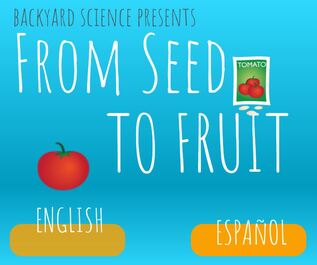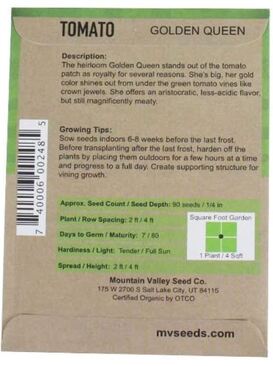Welcome back to another awesome SPRING-TIME week of STEM learning! This week, encourage your young ones to take a close look at plants. Plants are going crazy with new growth during this season and it's a great time to observe and document. 2nd graders typically spend a great deal of time in the 4th quarter learning to investigate the life cycle of a plant by growing a plant from a seed and by recording changes over a period of time (S2L1.b). They also study linear measurement and practice both estimating as well as measuring using standard units (MGSE2.MD). This week, students will design a tool for planting using what they know about both of these topics!
Materials: paper pencil tool for measuring (ruler, tape measure, etc.)
empty cereal box (or something similar)
As always, we will begin with a book! Here's another one that we love by Gail Gibbons!
Materials: paper pencil tool for measuring (ruler, tape measure, etc.)
empty cereal box (or something similar)
As always, we will begin with a book! Here's another one that we love by Gail Gibbons!
| Here's a great online interactive that shows the plant life cycle. Can you order the steps at the end? Once you've finished it, work with your parents to choose a plant to observe for the week. You may have a quick-growing seed you could plant, or you might choose a plant from your yard or somewhere near your home! Keep a plant journal this week that shows what you notice may be changing about the plant. Day to day changes may be small, but they add up over time. |
| All seeds have needs for growing into the best plants. When you buy seeds at a store, they often tell you about some of their needs on the back of the packaging. This package of tomato seeds says that each plant needs to be 2 feet from the plant next to it, and 4 feet from the next closest row of plants. It says the seeds should be planted 1/4 in from the top of the soil. That's very helpful information! This week, we are going to create a tool that small home farmers could use for planting vegetable seeds that need to be much closer together. |
Help your child to look at a seed spacing chart and pick a certain type of vegetable whose seeds need to be planted no more than 6 inches apart. Here is a chart that could be helpful! Ask your child what they could make using a flattened cereal (or other thin cardboard) box to help someone planting to know just where to put the seeds. Allow them to brainstorm some ideas. Give them materials for both measuring and cutting so that they can create their design. Stay nearby to help them if they decide to cut holes and need a hand! Evaluate: Can this be used to keep the seeds planted at the right distances from one another? If possible, allow your child to plant a few seeds using their device. Give them a chance to improve their design!
Here are a few ideas for regrowing foods that you may have in your home. No need to go to the store if you have some of these things nearby!
Here are a few ideas for regrowing foods that you may have in your home. No need to go to the store if you have some of these things nearby!


 RSS Feed
RSS Feed